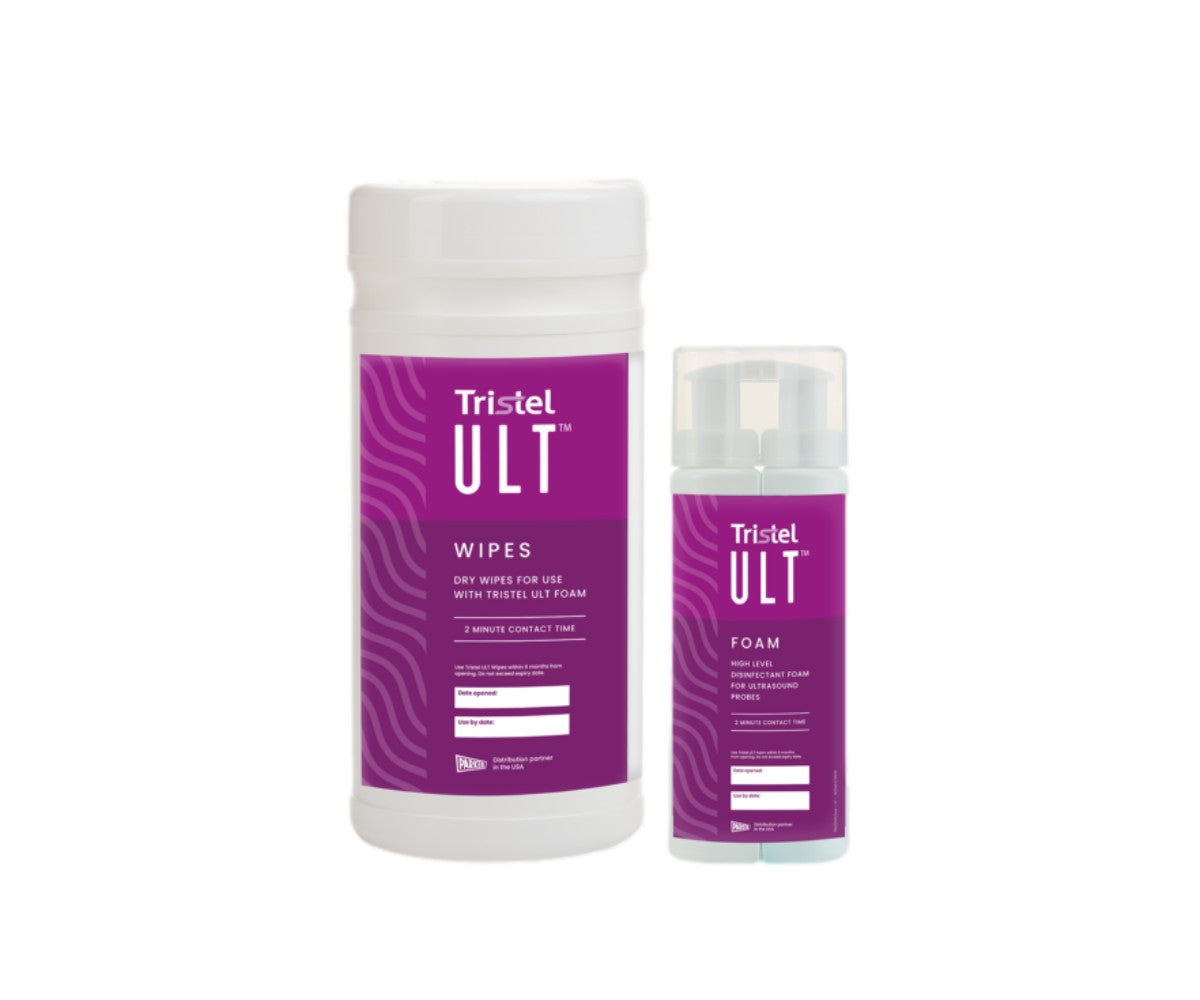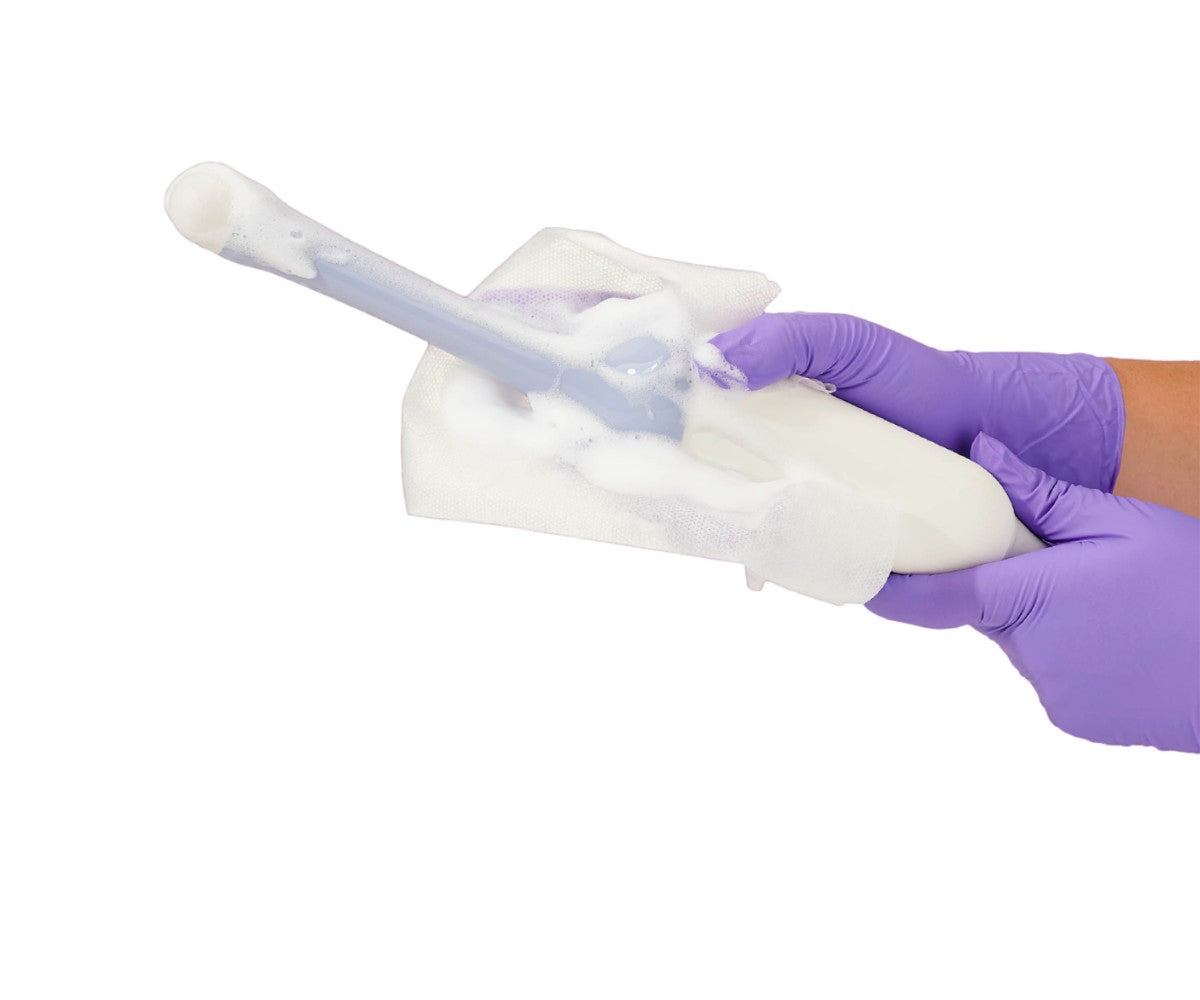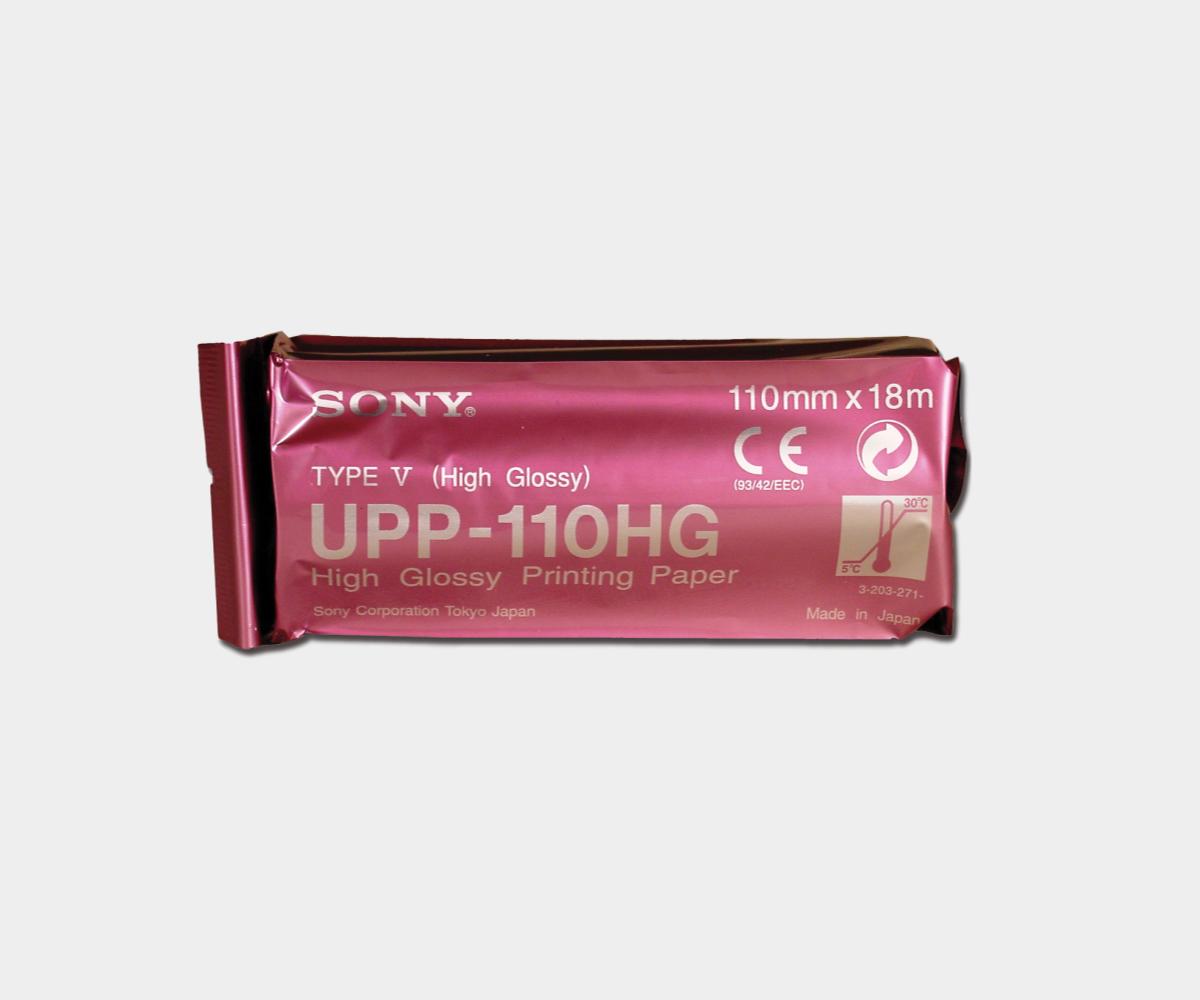With medical errors ranking as the third leading cause of deaths in the U.S., attention to patient safety has never been more crucial. The Joint Commission's data for the first half of 2023 paints a stark picture, revealing that of 720 reported and reviewed events, 18% resulted in patient death, 63% caused severe temporary harm, and 7% caused permanent harm.
Given these alarming statistics, the significance of The Joint Commission's 2024 National Patient Safety Goals (NPSGs) cannot be emphasized enough. These goals serve as guidance to ambulatory surgery centers, helping them establish protocols and procedures to reduce risks, improve patient safety, and ultimately save lives.
The 2024 NPSGs, applicable to more than just ASC settings, encompass a wide array of domains including Ambulatory Health Care, Assisted Living Communities, Behavioral Health Care, Critical Access Hospitals, Home Care, and more. Each set of goals is tuned to address the unique challenges and risks inherent to the specific healthcare environment it serves.
The development of these goals follows a rigorous process aimed at gathering insights from experts and stakeholders to discern emerging patient safety issues. Through expert consultation and careful consideration of program-specific nuances, The Joint Commission ensures that the NPSGs remain relevant, practical, and effective in fostering a culture of safety and quality care.
The 2024 NPSGs underscore several key areas of focus essential for promoting patient safety and minimizing adverse events across healthcare settings:
• NPSG.01.01.01 Use at least two ways to identify patients.
• NPSG.03.04.01 Before a procedure, label medicines that are not labeled.
• NPSG.07.01.01 Use the hand cleaning guidelines from the Centers for Disease Control and Prevention or the World Health Organization.
• NPSG.16.01.01 Improving health care equity is a quality and patient safety priority.
Addressing Patient Identification Challenges
According to American Health Information Management Association (AHIMA), smaller hospitals may encounter approximately 5-10% duplicate medical records, while larger health systems could see up to 20% duplication across their various EHR systems. These duplicates can lead to substantial financial losses, potentially costing providers up to $40 million.
Additionally, patient misidentification poses a significant threat to patient safety, as erroneous identification can result in treatment based on incorrect medical records, histories, allergies, medications, lab test results, and more.
Central to addressing these challenges is a steadfast commitment to precise patient identification, which plays a pivotal role in preventing medication errors and treatment discrepancies. NPSG.01.01.01 underscores the importance of employing multiple identification methods, such as name and date of birth, to ensure that every patient receives accurate medication and treatment.
Ensuring Medication Safety
Moreover, safety in medication administration receives due attention, with NPSG.03.04.01 emphasizing the need for labeling unlabeled medicines before procedures. This proactive measure serves to mitigate the risk of medication errors, and it is of particular importance in ambulatory surgery center and hospital settings.

Infection Prevention Focus
Each day, approximately one out of every 31 U.S. patients and one out of every 43 nursing home residents suffer from at least one healthcare-associated infection. Complementing medication safety efforts is the emphasis on infection prevention, as demonstrated by NPSG.07.01.01. This goal encourages adherence to hand hygiene guidelines established by organizations such as the CDC and WHO.

Promoting Healthcare Equity
Equally important is the need to address healthcare disparities and ensure equitable care delivery. NPSG.16.01.01 calls for the identification of disparities within patient populations and the development of comprehensive plans to promote healthcare equity.
It's key to note that healthcare facilities that adhere to NPSGs exhibit significantly lower rates of patient harm and mortality. Studies have shown that hospitals compliant with NPSGs experience a 33% lower risk of patient harm compared to non-compliant counterparts. NPSGs have been instrumental in saving an estimated 180,000 lives since 2003.
Furthermore, specific examples of NPSGs, such as reducing the risk of patient harm associated with anticoagulant therapy and improving the accuracy of patient identification, demonstrate their effectiveness in mitigating healthcare risks and enhancing patient safety.
All in all, The Joint Commission's 2024 NPSGs present a concerted effort towards prioritizing patient safety and elevating healthcare quality. By embracing these goals and implementing best practices, administrators and clinicians at ambulatory surgery centers can foster a culture of safety, excellence, and patient-centered care.

EDM Medical Solutions is a premier supplier and manufacturer of medical imaging products, including ultrasound supplies, surgical drapes, and needle guides. We are committed to delivering a high-quality and cost-effective range of products that enhance patient care and operational efficiency.
Our Krystal brand, featuring probe covers and equipment drapes, sets the industry standard for quality, safety, and reliability. Switching to Krystal can mean up to 30% in savings on your supplies.
With market-leading prices and rapid shipping options, we ensure our clients have immediate access to the supplies they need, when they need them. That's why over 2,000 facilities in the US choose EDM.
By prioritizing customer satisfaction and maintaining excellent service standards, EDM continues to be the partner of choice for facilities across clinical areas, including ASCs, imaging centers, and Ob/Gyn practices.









